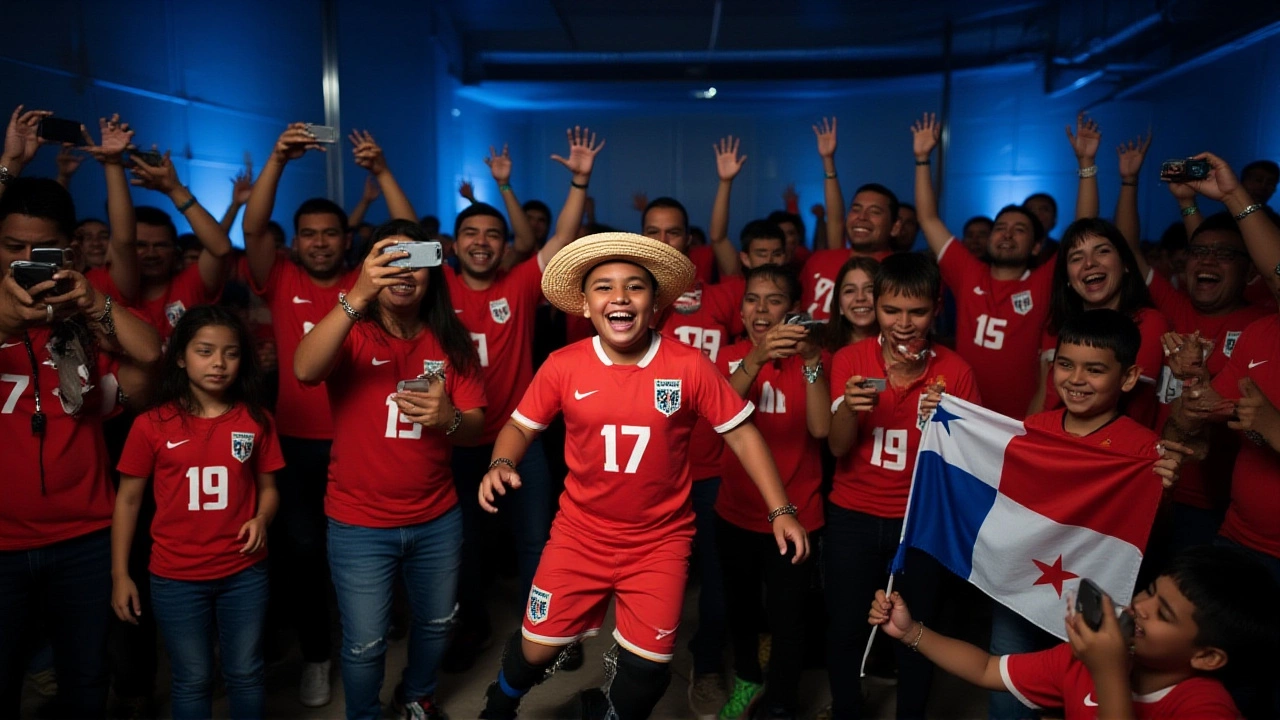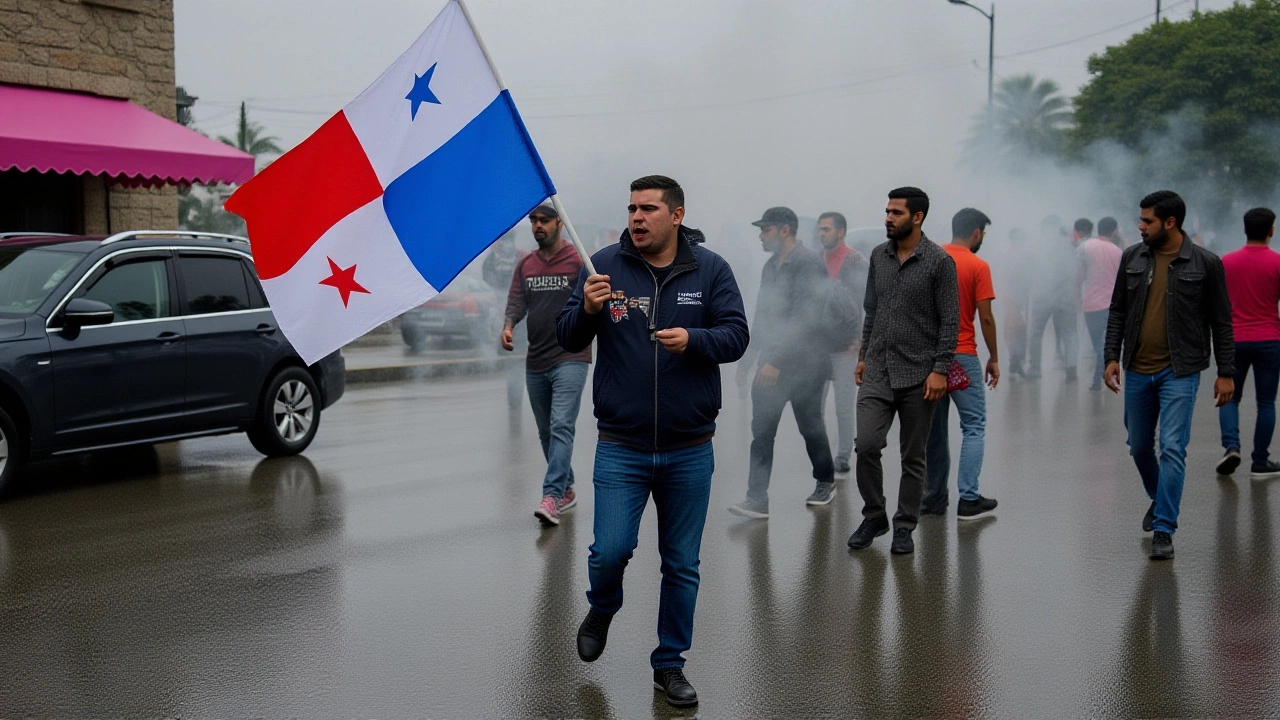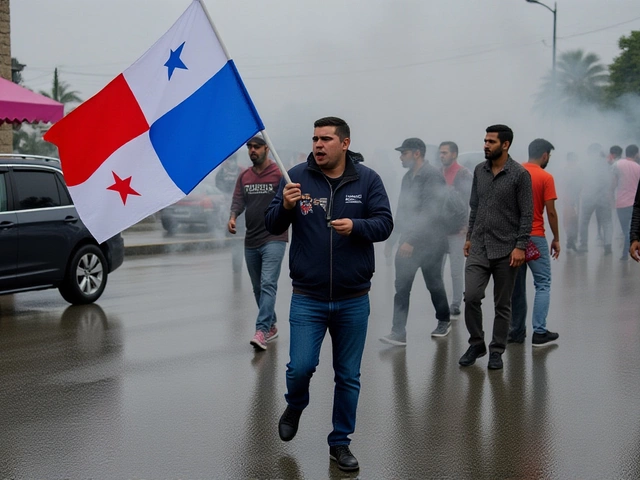When Marco Antonio Rubio boarded a plane on February 22, 2025, he wasn’t just leaving Washington — he was launching a new era of U.S. diplomacy in the Western Hemisphere. As the 72nd Secretary of State, Rubio’s first foreign trip took him to Panama, Guatemala, El Salvador, Costa Rica, and the Dominican Republic, all in a single week. The mission? Stop migration flows, secure deportation agreements, and push back against China’s expanding grip on the Panama Canal. It was a hardline pivot — and it sent ripples through capitals from Santo Domingo to Beijing.
A New Diplomatic Doctrine
Rubio didn’t mince words. On February 12, just days before departure, he declared the State Department would "no longer undertake any activities that facilitate or encourage mass migration." That wasn’t just policy — it was a reversal of decades of U.S. strategy. Where past administrations invested in asylum processing, regional development, and humanitarian aid, Rubio’s team was now focused on deportation logistics, diplomatic pressure, and military coordination. Acting Defense Secretary Robert Salesses had already announced active-duty troops would be deployed to the southern border, and now the State Department was being asked to clear the way for deportation flights — a task requiring delicate negotiations with reluctant neighbors.The Canal and the Shadow of China
In Panama, Rubio didn’t just talk about migration. He zeroed in on the Panama Canal, a chokepoint handling 14,000 ships a year and $270 billion in global trade. President Donald J. Trump had called the canal’s neutrality into question during his January 2025 inaugural address, accusing Panama of violating the 1977 Torrijos–Carter Treaties. Rubio echoed that. "We’re watching closely," he told Panamanian officials, "and we expect full transparency." The message was clear: the U.S. won’t stand by while China, through state-backed firms, expands port infrastructure, secures long-term contracts, and builds strategic influence along the canal’s edges. The timing was explosive. Just weeks after Rubio’s visit, Panamanian lawmakers made a provocative trip to Taiwan — a move Beijing applauds and Washington sees as a direct challenge to the One-China policy. The diplomatic tension wasn’t accidental. It was the latest flashpoint in a broader U.S.-China rivalry playing out across Latin America.From Border to Cartels
Rubio’s trip wasn’t just about borders — it was about war. The Trump administration had declared the drug cartels were "waging war on America," and Rubio was now treating them like foreign enemies. By November 16, 2025, he formally designated Cartel de los Soles as a Foreign Terrorist Organization — the first time a Latin American cartel received that label. That meant freezing assets, blocking financial flows, and empowering U.S. agencies to target its network globally. The move was unprecedented. It blurred the line between law enforcement and national security. The strategy was coordinated tightly with the Department of Homeland Security and the Pentagon. Deportation flights to Central America weren’t just logistical operations — they were part of a broader campaign to dismantle smuggling networks by removing key operatives and disrupting their supply chains. "We’re not just sending people back," a senior State Department official told reporters. "We’re sending a message: your criminal networks don’t have safe harbor anymore."
A Broader Western Hemisphere Strategy
The February 2025 trip was only the beginning. By September, Rubio had already visited Mexico and Ecuador, pressuring both nations to crack down on migrant transit routes and Chinese telecom investments. He attended the C5+1 Welcome Reception in Washington on November 5, 2025, reaffirming U.S. commitment to regional security partnerships. And behind the scenes, the State Department was quietly drafting new sanctions targeting Chinese state-owned enterprises involved in port expansions in Nicaragua, Honduras, and Colombia. Even the inclusion of the Dominican Republic — technically not in Central America — signaled the administration’s broader vision. The island nation, with its capital in Santo Domingo, had become a key transit point for migrants from Haiti, Venezuela, and beyond. Rubio met with President Luis Abinader to coordinate interdiction efforts and strengthen border controls.What This Means for the Region
The shift is seismic. For years, Latin American leaders viewed U.S. diplomacy as a mix of aid, diplomacy, and occasional interference. Now, they’re seeing it as coercion — backed by military force, financial pressure, and legal threats. Countries like Guatemala and El Salvador, already struggling with poverty and weak institutions, are caught in the middle. Some officials privately worry that mass deportations will overwhelm their systems. Others fear that U.S. pressure will force them to choose between sovereignty and survival. Meanwhile, China is doubling down. Beijing has invested over $12 billion in Latin American infrastructure since 2020, much of it tied to ports, railways, and energy projects. The Panama Canal remains its crown jewel — and Washington’s biggest concern.
What’s Next?
Rubio’s team is already planning a follow-up trip to Colombia and Peru in early 2026, with a focus on mining security and counter-narcotics cooperation. The State Department is also drafting legislation to authorize direct U.S. military training for Central American border units — something previously blocked by Congress over human rights concerns. If passed, it would mark the deepest U.S. military entanglement in the region since the 1980s. And then there’s the humanitarian cost. In 2025, over 2.3 million migrants were apprehended at the U.S. southern border — the highest number in history. Deportations rose 47% compared to 2024. But with fewer legal pathways open, more people are turning to smugglers, risking their lives in the desert or the jungle. The U.S. may be securing its borders — but at what human price?Frequently Asked Questions
Why is the Panama Canal so important to U.S. foreign policy?
The Panama Canal handles 5% of global maritime trade — about 14,000 vessels annually carrying $270 billion in goods. For the U.S., it’s a strategic shortcut: ships from the East Coast to Asia save 8,000 miles by using it. China’s growing control over port operations and logistics around the canal threatens U.S. supply chain dominance, prompting fears of future disruptions during geopolitical crises.
How is the U.S. coordinating deportations with Central American countries?
The State Department is negotiating bilateral readmission agreements that require Central American nations to accept their citizens — and third-country nationals — deported from the U.S. In return, Washington offers increased security aid, visa processing upgrades, and limited economic grants. But many countries are reluctant, fearing social instability from sudden influxes. Guatemala, for example, received 12,000 returnees in January 2025 alone — more than its prisons can hold.
Why designate Cartel de los Soles as a terrorist organization?
Designating Cartel de los Soles as a Foreign Terrorist Organization allows the U.S. to freeze its assets globally, block its financial transactions, and authorize military strikes against its leadership if they’re deemed a threat to U.S. interests. It’s a legal tool previously reserved for groups like ISIS or Al-Qaeda — signaling the Trump administration views cartels as existential threats, not just criminal enterprises.
Is China really taking over the Panama Canal?
China doesn’t own the canal — Panama does. But Chinese state-backed firms control key ports on both ends: the Pacific port of Balboa and the Atlantic port of Cristóbal. They’ve invested over $1.8 billion in logistics hubs, warehouses, and digital tracking systems. U.S. officials worry this gives Beijing real-time data on cargo flows, potential leverage over shipping lanes, and a foothold to project power into the Caribbean — without firing a shot.
What’s the impact on Haitian migrants?
Haitians, who often transit through the Dominican Republic and Mexico, are being deported in record numbers — over 68,000 in 2025. Many face dangerous conditions upon return: gang violence, food shortages, and collapsing infrastructure. The U.S. has cut humanitarian aid to Haiti by 70% since January 2025, arguing it’s enabling migration. Critics say this is punishing the vulnerable instead of addressing root causes.
How does this affect U.S.-Latin America relations long-term?
Trust is eroding. Countries that once welcomed U.S. aid now see Washington as a bully. Brazil and Argentina have quietly strengthened ties with China and the Global South. Even allies like Colombia and Chile are pushing back against U.S. demands on drug policy and migration. The long-term risk? A Latin America that looks to Beijing, not Washington, for investment, security, and diplomatic support.



